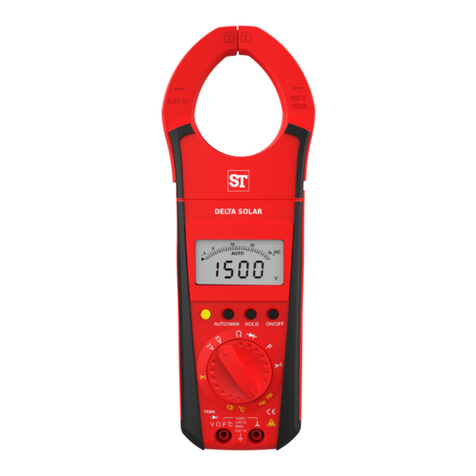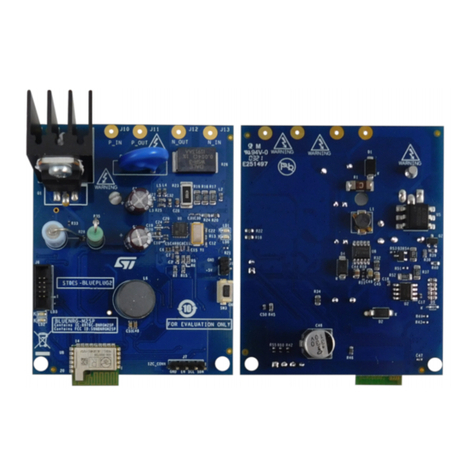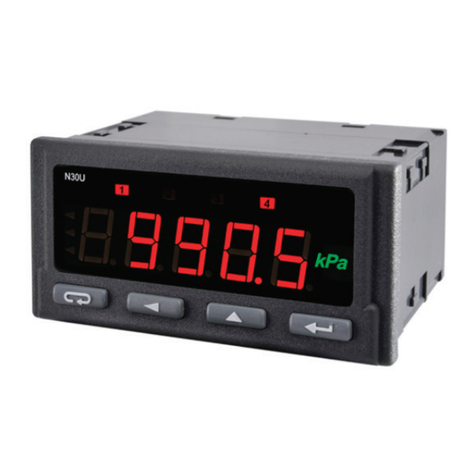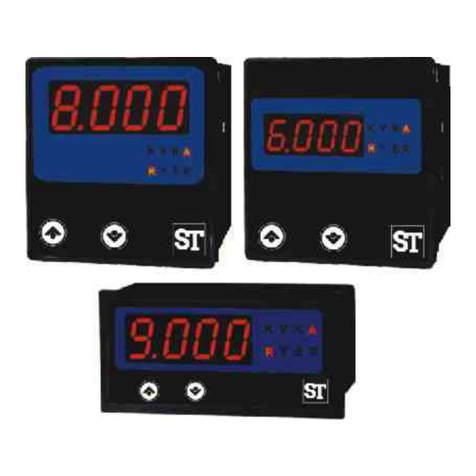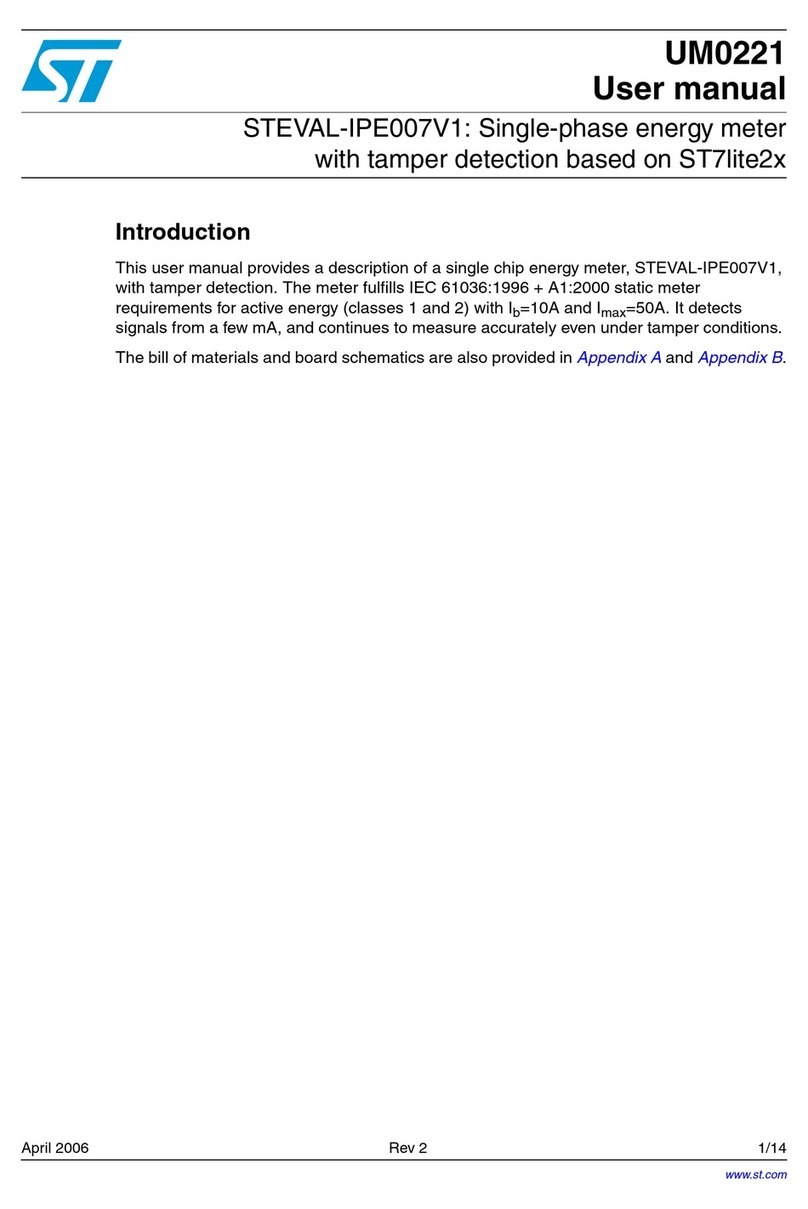
UM1082 Application configuration
Doc ID 018970 Rev 1 9/25
3 Application configuration
3.1 Standalone (only applicable to STEVAL-
IPE002V1/003V1/004V1)
In this kind of application, a stepper motor display should be connected to pins W5 and W6.
These pins are located between the Tr1 and the P1 connector, as shown in Figure 1. The
on-board metering device is capable of delivering more than 14 mA to the stepper. The user
can select the type of stepper or the constant of the output pulse frequency by changing
both the LVS or KMOT configuration bits (see the STPM01 and STPM10 datasheets for
details).
The “male” connector P1, which is a collection of power and SPI signals would normally be
used during the production phase only to connect the module to the host system so as to
access the configuration bits or read the operation results of the on-board metering device.
But this does not mean that the use of P1 is restricted later. It can be used freely regardless
of the fact that some SPI signals can also be used to drive three indicators.
3.2 Microprocessor based
In this type of application, a control board with a microprocessor should be connected to the
“male” P1 connector of the module using a 10-wire flat cable. Ta bl e 1 below describes the
signals corresponding to the pins of this connector. The four SPI signals are multi-purpose
pins and they actually reflect the functionality of the corresponding pins on the on-board
metering device. By using this type of connection, the control board is able to read data
records or access configuration bits and mode signals of the metering device by means of a
dedicated protocol and it can draw up to 4 mA at +3.0 V from the module.
This kind of application may still use any LED elements of the module for the purposes
shown in Table 1 or it may generate an alternative set of signals from the control board. In
this case, the control board may also recalibrate any result read from the module. Similarly,
Table 1. Pin number, signal name and signal description of connector P1
Pin Name Functional description of signal
1V
OTP
Power IOof +15.0 V during permanent write to OTP cells if no permanent write in
progress, then VOTP is the input. It is read as +2.3 V otherwise VOTP is the input
for externally generated +15.0 V power levels
2 Not used
3 GND Signal reference level 0V and power supply return
4 SDA Digital IO for SPI data signal or Tamper indicator
5 SCS Digital In for SPI enable signal
6 SCL Digital IO for SPI clock signal or no load condition indicator
7V
DD Power out of +5.0 V. Up to 25 mA can be drawn from this pin
8 SYN Digital IO for SPI data direction or latching request or negative power indicator
9 Not used
10 Not used













